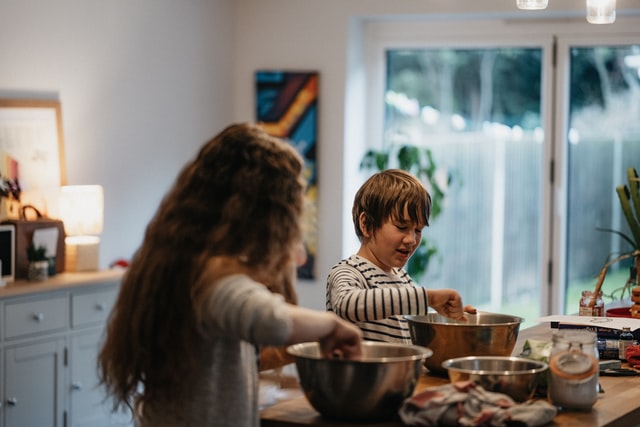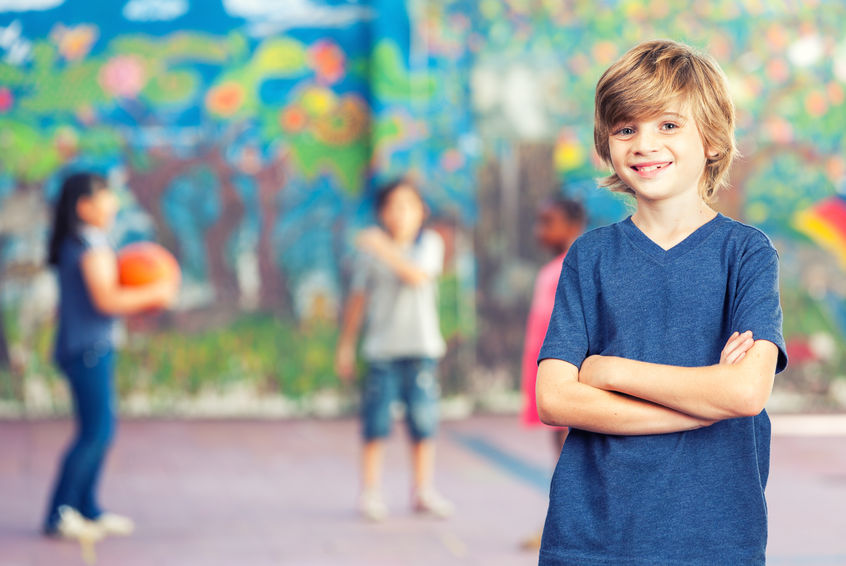When it comes to dressing your little one, comfort, warmth, and style are always top priorities. Baby knitwear offers a perfect combination of all three, making it an ideal choice for your baby’s wardrobe. From cozy cardigans to soft beanies, knitted items can add charm and warmth, especially in cooler weather. But with so many options available, it can be tricky to know where to start when choosing the best baby knitwear. Here are some tips to help you make the best decision for your little one’s comfort and style.
1. Prioritize Softness and Comfort
The first thing to look for in baby knitwear is softness. Babies have delicate skin, and harsh fabrics can cause discomfort or irritation. Look for knits made from soft, breathable materials like cotton, bamboo, or merino wool. Cotton is gentle on the skin and ideal for warmer weather, while merino wool offers warmth without being too heavy and is known for its breathability.
Avoid synthetic fabrics that may feel rough and trap moisture, which can make your baby uncomfortable. Bamboo knitwear is another great option since it is hypoallergenic, soft, and moisture-wicking—perfect for sensitive skin.
2. Check for Safe and Comfortable Fits
Fit is crucial when selecting baby clothing. You want your baby to feel free to move around and explore without any restrictions. For example when shopping for a baby jumpsuit, choose garments with a relaxed, stretchy fit that will not be too tight or too loose. This ensures your baby has full mobility and can stay comfortable throughout the day.
Knitwear that is too tight can cause discomfort or even restrict circulation, while oversized pieces can be cumbersome and difficult for your baby to move in. Ensure the items are true to size or slightly bigger, as babies tend to grow quickly, and it’s always better to have a bit of extra room.
3. Opt for Easy-to-Wash Fabrics
Babies can be messy, and their clothes often need frequent washing. When choosing knitwear, consider how easy it will be to care for. Look for fabrics that are machine washable and durable. Wool, for instance, may need special care, such as hand washing or dry cleaning, so if you’re looking for low-maintenance options, cotton or acrylic blends may be a more practical choice.
Some knitwear also comes with stain-resistant treatments, which can be a bonus for parents looking to avoid constant washing. Check the care label and read reviews to make sure the knitwear will stand up to repeated washes while maintaining its softness and shape.
4. Choose Versatile Colors and Styles
While it’s tempting to purchase baby knitwear in a variety of colors, it’s best to opt for versatile shades that can be easily mixed and matched with other items in your baby’s wardrobe. Neutral tones like soft whites, grays, and pastels are always safe bets, as they can complement a variety of outfits and are less likely to clash with other clothing items.
Bright colors or fun patterns can be great for special occasions or photos, but be mindful of how often you’ll want to pair the item with other pieces. Simpler designs tend to be more practical for everyday wear, as they provide more flexibility when putting together outfits.
5. Pay Attention to Safety Features
When buying knitwear for babies, always keep safety in mind. Babies are curious and can easily grab onto loose buttons, zippers, or strings that could potentially pose a choking hazard. Make sure to choose knitwear that is free from these small detachable elements, or look for designs where the buttons and embellishments are securely fastened.
Some parents also prefer baby knitwear with built-in features like mittens or hoods, especially in colder weather. However, always check that the fit is secure but not too tight around the baby’s head or wrists to avoid discomfort or restriction.
6. Invest in Layering Pieces
Layering is an essential part of dressing a baby, especially as the weather changes. Baby knitwear can serve as an excellent layering piece, whether it’s a cardigan, sweater, or knitted blanket. Layering helps regulate body temperature by adding or removing pieces as needed. For example, a soft knitted cardigan over a onesie provides warmth when it’s chilly but can be easily removed if your baby gets too warm.
When buying baby knitwear, consider investing in a few layering essentials like cardigans or shrugs that can be thrown over a T-shirt or dress to add warmth without the bulk.
7. Consider the Climate
The climate you live in will heavily influence your choice of baby knitwear. In colder climates, heavier knitwear such as wool sweaters or knitted onesies may be necessary to keep your baby warm. Look for knitted pieces that are thick enough to provide insulation but breathable enough to prevent overheating.
In milder climates, lighter knitwear made from cotton or bamboo may suffice to provide comfort without excess warmth. Be mindful of the weather when shopping for knitwear, ensuring that your baby stays cozy but not too hot.
8. Choose Organic or Eco-Friendly Options
For parents who are particularly environmentally conscious, opting for organic or eco-friendly baby knitwear can be a great choice. Many brands now offer organic cotton or sustainably sourced wool that is not only better for the environment but also gentler on your baby’s skin.
These products tend to be free from harsh chemicals and dyes, making them a healthier option for your baby. Look for certifications like GOTS (Global Organic Textile Standard) or OEKO-TEX Standard 100, which ensure that the materials used are free from harmful substances.
Conclusion
Choosing the best baby knitwear involves considering several factors, from softness and comfort to safety and practicality. By focusing on the right materials, fit, and care instructions, you can find knitwear that will keep your baby warm, cozy, and stylish. Whether you’re shopping for everyday wear or special occasions, the perfect baby knitwear will ensure your little one stays comfortable and fashionable in every season.











